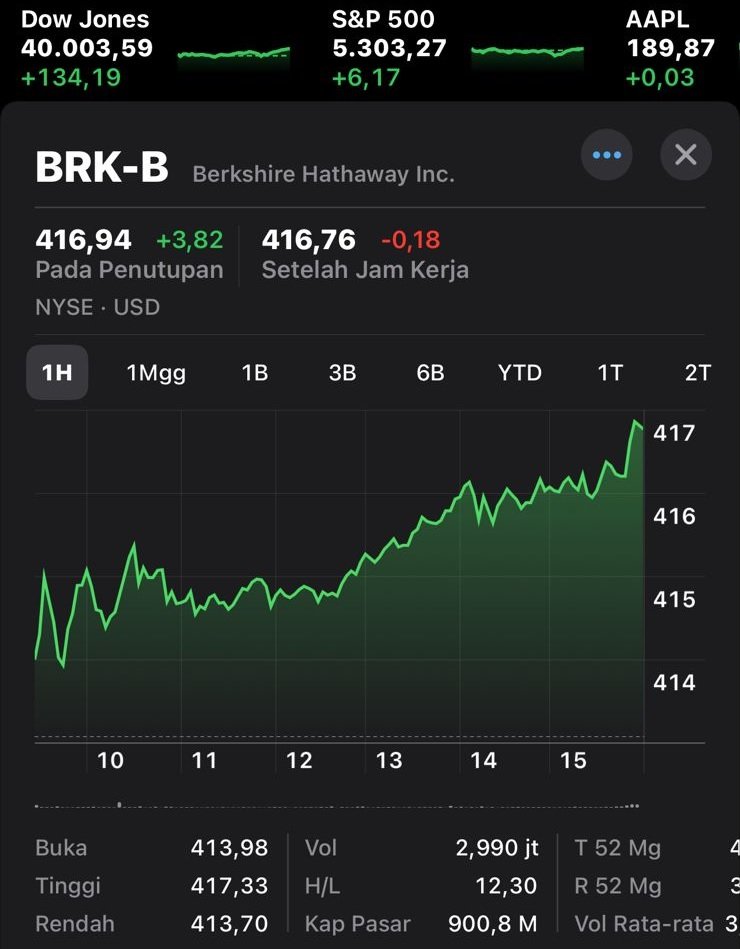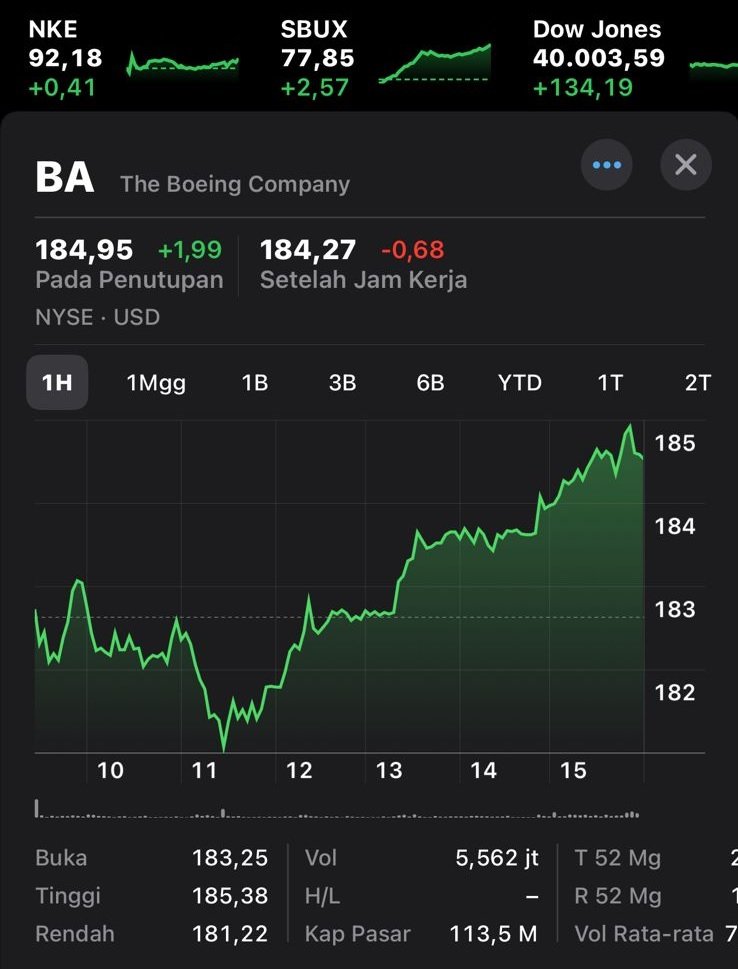Synergistic value has become increasingly important in economics as a basis for understanding how synergies among various elements can produce a collective advantage that is greater than the sum of its parts. This concept has a significant impact on various economic and business sectors, from business partnerships to corporate mergers. In this article, we will explain in depth what synergistic value is, why it is relevant, and how it can be applied in various economic contexts.
Synergistic value refers to the increased value or advantage that results when two or more elements or entities work together more effectively than if they worked separately. In this case, synergy occurs when the final result of collaboration exceeds what each element can achieve individually. A simple example is when two companies join forces and combine their expertise to create a new product or service that is more innovative or efficient, resulting in increased revenue and greater profits than if they had remained operating alone.
Synergistic value has significant relevance in economics because it is able to produce greater benefits in collaborative situations. This can improve operational efficiency, reduce production costs, and accelerate innovation. For example, in relation to technology, synergy between technology companies and manufacturing companies can produce products that are more sophisticated and better suited to market needs. In merging companies, synergies can result in greater scale, enabling better price negotiations with suppliers, and higher operational efficiency.
Synergy often occurs through partnerships or alliances between companies that have complementary competencies. For example, technology companies can partner with logistics companies to optimize supply chains and product delivery. In this case, synergy arises when both can combine their expertise to create greater value for customers.
When two companies merge or one company acquires another, there is an opportunity to create significant synergies. For example, in the pharmaceutical industry, a merger between a company with strong drug research and a company with a broad distribution network can generate greater value by accelerating the development and distribution of new products.
Synergies between different technologies can produce exciting innovations. For example, integration between artificial intelligence (AI) and the Internet of Things (IoT) can produce smart solutions for smart cities that optimize energy use and traffic management.
The importance of synergistic value is that it encourages closer integration and collaboration between various elements. Synergy requires a deep understanding of the skills and capabilities of each entity involved, as well as the ability to combine them effectively. In a rapidly changing world, the ability to identify synergy opportunities and take the necessary steps to effectively integrate entities can be a valuable competitive advantage.
Synergistic value is crucial in economics, highlighting the enormous potential that can be generated through effective collaboration and integration. In an increasingly complex business environment, synergy can be a key driver of growth, efficiency and innovation. It is important for companies, organizations and even individuals to understand and recognize synergy opportunities in their businesses to create greater and more sustainable value in the long term.
Challenges in Achieving Synergistic Value
Although the concept of synergistic value offers great potential, there are a number of challenges that must be overcome to achieve real benefits. Some of these include:
1. Cultural and Value Differences
When two or more entities merge, differences in culture and values can become a major obstacle. Successful integration requires understanding and respecting these differences. Failure to address these issues can hinder effective cooperation and even threaten successful synergy.
2. Difficulty in Measuring Value
Measuring and quantifying each entity’s contribution to synergy can be complicated. Sometimes, the impact of synergies cannot be measured by simple metrics, such as revenue or profit. This can cloud understanding of how much value has actually been created through collaboration.
3. Uncertainty and Risk
Collaborating to create synergies often means exposing ourselves to risk and uncertainty. The decision to collaborate must be carefully considered, taking into account potential risks and expected benefits.
Let’s see how the concept of synergistic value can be applied in the automotive industry. In 1999, the Japanese automotive company Nissan experienced serious financial difficulties. Renault, an automotive company from France, saw an opportunity to create synergies by acquiring a majority stake in Nissan. This partnership resulted in a profitable collaboration, in which Nissan was able to leverage Renault’s better technology and management, while Renault gained access to the huge Japanese automotive market.
This partnership results in efficiencies in product development, technology sharing, and better supply chain management. As a result, Nissan managed to turn around its financial situation and become a profitable company again. This is an example of how synergy through partnerships can generate far greater value than either company could achieve individually.
In order to create synergy, it is important to consider ethical aspects. Although the main goal is to create shared advantages, there must be a balance between business interests and social impact. Making decisions that are unethical or detrimental to one party can damage long-term cooperation and the company’s reputation.
Conclusion
Synergistic value is an important concept in economics that highlights the enormous potential contained in collaboration and integration. In an ever-changing world, the ability to recognize and optimize synergies can be the difference between success and failure. While challenges and complexities exist, the benefits of synergy can create far greater value than could be achieved individually. Therefore, a deep understanding of how synergy can be applied in various economic contexts is crucial for business development and sustainable growth.













